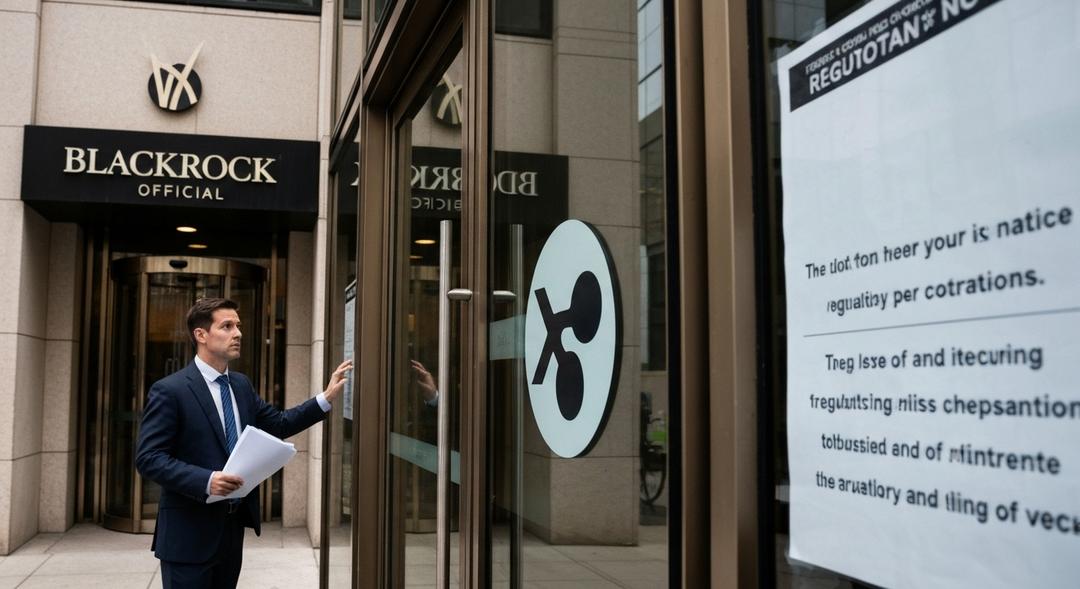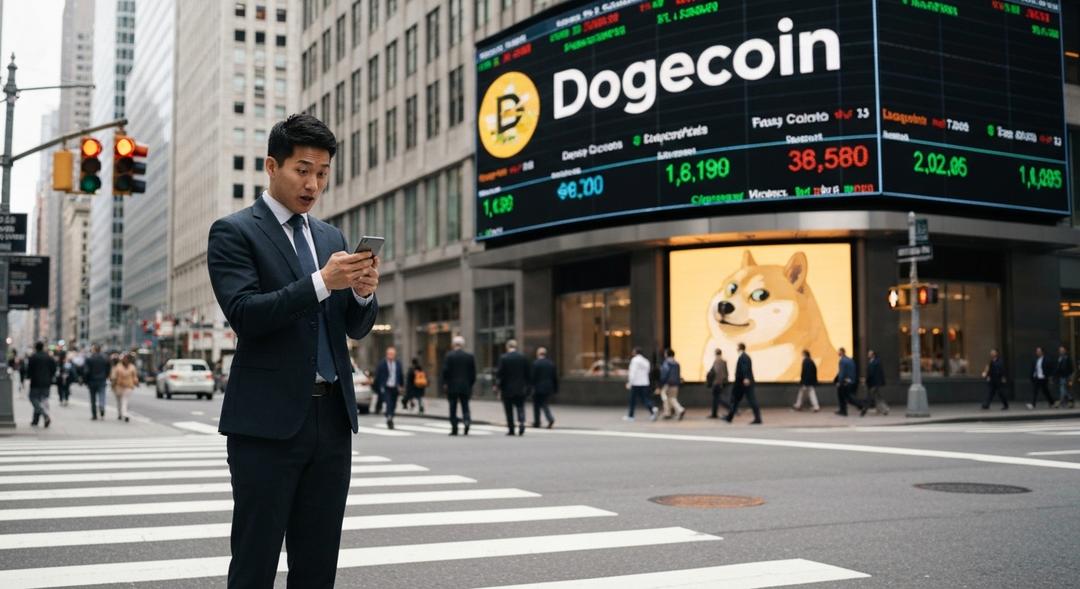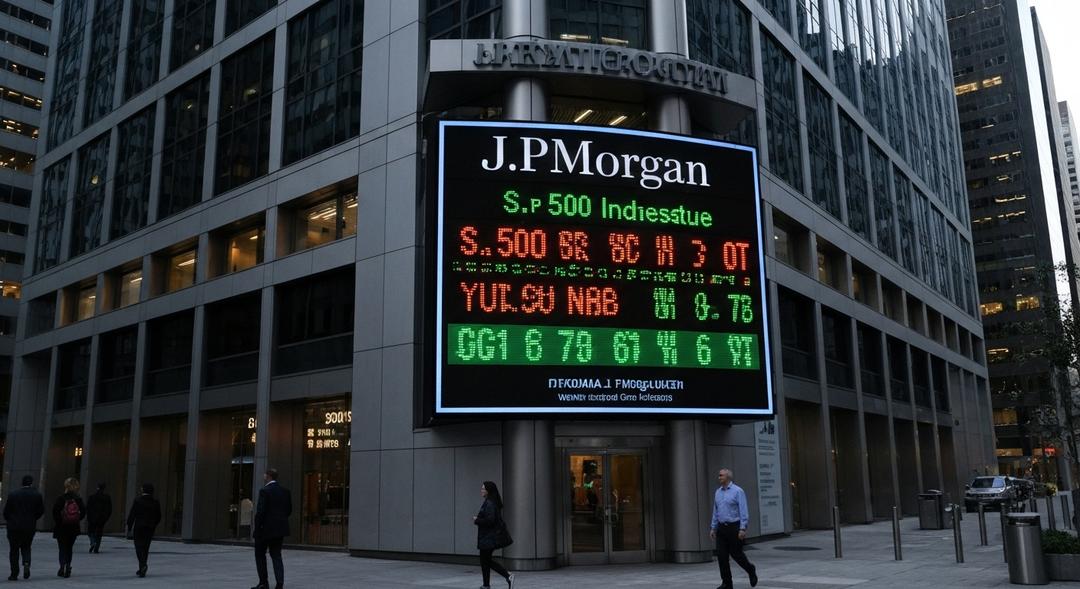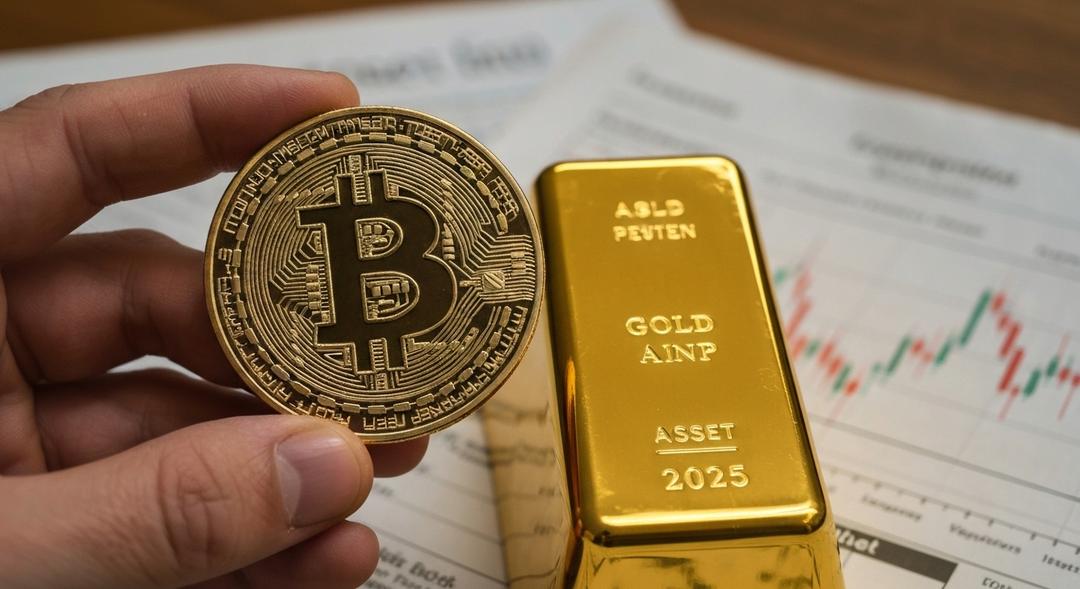BlackRock’s position on spot XRP ETFs has surprised dedicated digital asset investors. As the world’s largest asset manager, BlackRock has already ventured into bitcoin and ether ETFs, making its silence on XRP increasingly curious.
The news comes just as Ripple and the US Securities and Exchange Commission moved closer to wrapping up a lengthy legal standoff. Despite the legal truce and growing expectations, BlackRock states there are no active plans to pursue a spot XRP ETF. This has left market observers and retail investors alike questioning the causes behind this markedly cautious approach.
Why BlackRock Remains Hesitant About an XRP ETF
BlackRock’s leadership team often points to measured demand for new offerings. The firm’s digital asset chief notes that bitcoin dominates client priorities, and ether is only a distant second.
Given this data, branching into smaller coins like XRP may not present the compelling case the community hopes for. Realistically, institutions tend to move where sustained client demand is evident, and for BlackRock, the evidence does not yet favor XRP.
Another key factor is regulatory clarity. The recent SEC and Ripple agreement may seem like progress on the surface, but major players remain wary until the regulatory landscape is unmistakably stable. While exchanges and other asset managers have filed for XRP-focused financial products, BlackRock’s approach appears more deliberate, preferring to wait for clearer signals from governing bodies before acting in earnest.
This contrasts with the actions of competitors like Grayscale or ProShares who show a higher risk tolerance in a space where guidance is only just beginning to take shape. BlackRock, on the other hand, prioritizes minimal exposure to regulatory turbulence, even if that means entering new digital asset markets later than others.
Market saturation is another factor that cannot be ignored. With more than half a dozen spot XRP ETF applications already on file from various asset managers, the race is quickly becoming crowded. For BlackRock to enter now, any potential ETF would need to offer a unique value proposition or tap into market share that has not already been captured by others. This requires a careful evaluation of both opportunity and competitive risk.
BlackRock’s history shows a preference for launching products where its presence can dominate, as it has with bitcoin and ether. Here, the advantage seems less obvious for XRP, where competition is intense and the market’s appetite is not yet clear.
Although the XRP community often predicts a dramatic surge should a large ETF go live, BlackRock’s decisions remain driven by deep market analysis. A significant leap in XRP’s value is not a certainty, and the numbers behind the scenes may signal less explosive demand than seen with bitcoin or ether funds.
There is also the distinction between operational costs and expected gains. Launching a new ETF comes with substantial expenses, regulatory preparation, and operational risk, especially for coins that do not yet enjoy blue-chip status. If projected returns do not justify these costs, even a leading institution prefers to take a wait and see approach.
Geographical considerations can play a significant role. While much of the XRP trading volume emerges from Asia, BlackRock’s ETF dominance remains mainly concentrated in the United States and Europe. As a result, enthusiasm within the global XRP community may not directly translate into the kind of demand that makes a US-listed spot ETF worthwhile. Regional trading patterns are crucial in determining the viability of new products, and in this case, BlackRock may be waiting for more concrete evidence of cross-border interest.
Finally, the shifting legal and regulatory environment continues to shape the calculus of global finance institutions. Only after ongoing regulatory discussions settle and client demands become clear will new products be given serious consideration.
For investors seeking alternative means of cryptocurrency exposure, now might be the time to assess other promising avenues. Those curious to tap into digital asset earning potential without direct purchases can Start Cloud Mining as an entry point, leveraging established platforms to diversify exposure securely and efficiently.
Conclusion
BlackRock’s reluctance to file for a spot XRP ETF is rooted in a mix of pragmatic business strategy and cautious regulatory outlook. The preference for offerings backed by robust client demand and unmistakable legal clarity sets BlackRock apart from its more aggressive peers in the digital asset sector.
As the market for cryptocurrencies continues to mature and the legal framework stabilizes, BlackRock and other industry leaders may eventually reconsider their positions. Until then, investors should track both regulatory developments and evolving user demand to inform their own digital asset strategies.

Ewan’s fascination with cryptocurrency started through his curiosity about innovative technologies reshaping the financial world. Over the past four years, he has specialized in cloud mining and crypto asset management, diving deep into mining contracts, profitability analysis, and emerging trends. Ewan is dedicated to helping readers understand the technical and economic aspects of crypto mining, making complex information accessible and actionable.




